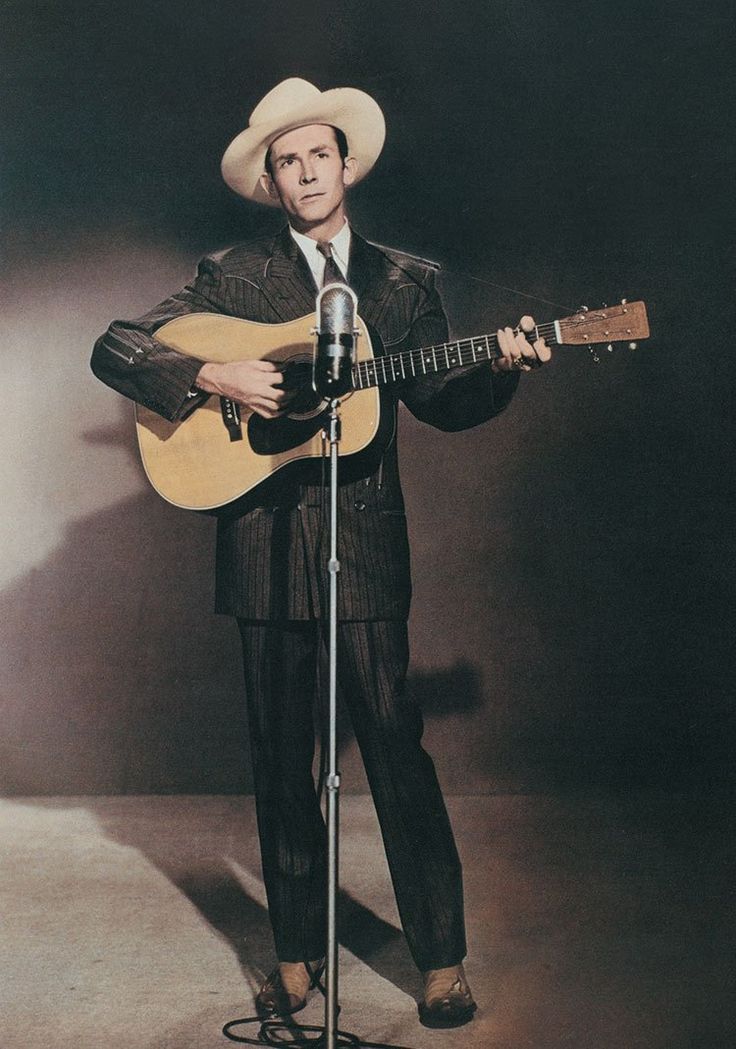Song Information
“Cold, Cold Heart” is one of Hank Williams’ most enduring and emotionally charged songs. Written by Williams himself, it was released on February 2, 1951, by MGM Records. The recording session took place on December 21, 1950, at Castle Studio in Nashville, Tennessee, with backing from the Drifting Cowboys. The song quickly climbed the charts, reaching No. 1 on the Billboard Country & Western Best Sellers chart and staying there for six weeks. Over the years, it has been covered by numerous artists, including Tony Bennett, Norah Jones, and Jerry Lee Lewis, each bringing their own interpretation. Its timeless lyrics and heartfelt delivery made it a cornerstone in Williams’ catalog and a classic in country music history.
Song Content
In “Cold, Cold Heart,” Hank Williams delivers a deeply personal lament about loving someone whose heart has been hardened by past pain. The narrator is caught in a one-sided love, offering devotion while receiving distance and mistrust in return. Williams’ lyrics speak directly to the emotional walls that a partner builds, not because of the current relationship, but due to old wounds from another. The song captures a raw and relatable truth: sometimes, no matter how much love you give, you cannot melt the ice that someone else has placed around their heart.

The melody, slow and mournful, perfectly matches the tone of the lyrics. Williams’ plaintive voice conveys both love and resignation, making the listener feel every ounce of sorrow. This combination of simplicity and emotional weight is part of what made “Cold, Cold Heart” such a hit in 1951—and why it continues to resonate with audiences today.
Explanation of the Issue Raised
At its core, “Cold, Cold Heart” is about the frustration and sadness of being punished for someone else’s mistakes. The narrator recognizes that the partner’s inability to trust and open up is not his fault—it’s the result of a past relationship that left deep emotional scars. Yet, the burden falls on him to try to break through these barriers.
This theme is universally understood because it mirrors real-life relationships where one person loves deeply while the other is guarded and hesitant. It addresses the painful reality that love alone is not always enough to heal someone’s past wounds. Hank Williams himself was no stranger to turbulent relationships, and many fans have speculated that the song drew from his own troubled marriage to Audrey Williams.
By expressing vulnerability and acceptance that the heart he longs for may never fully open, Williams turns personal pain into a universal anthem. The listener is left with a bittersweet understanding: sometimes, the greatest act of love is accepting that you cannot change someone’s past, only offer your own steadfast heart.